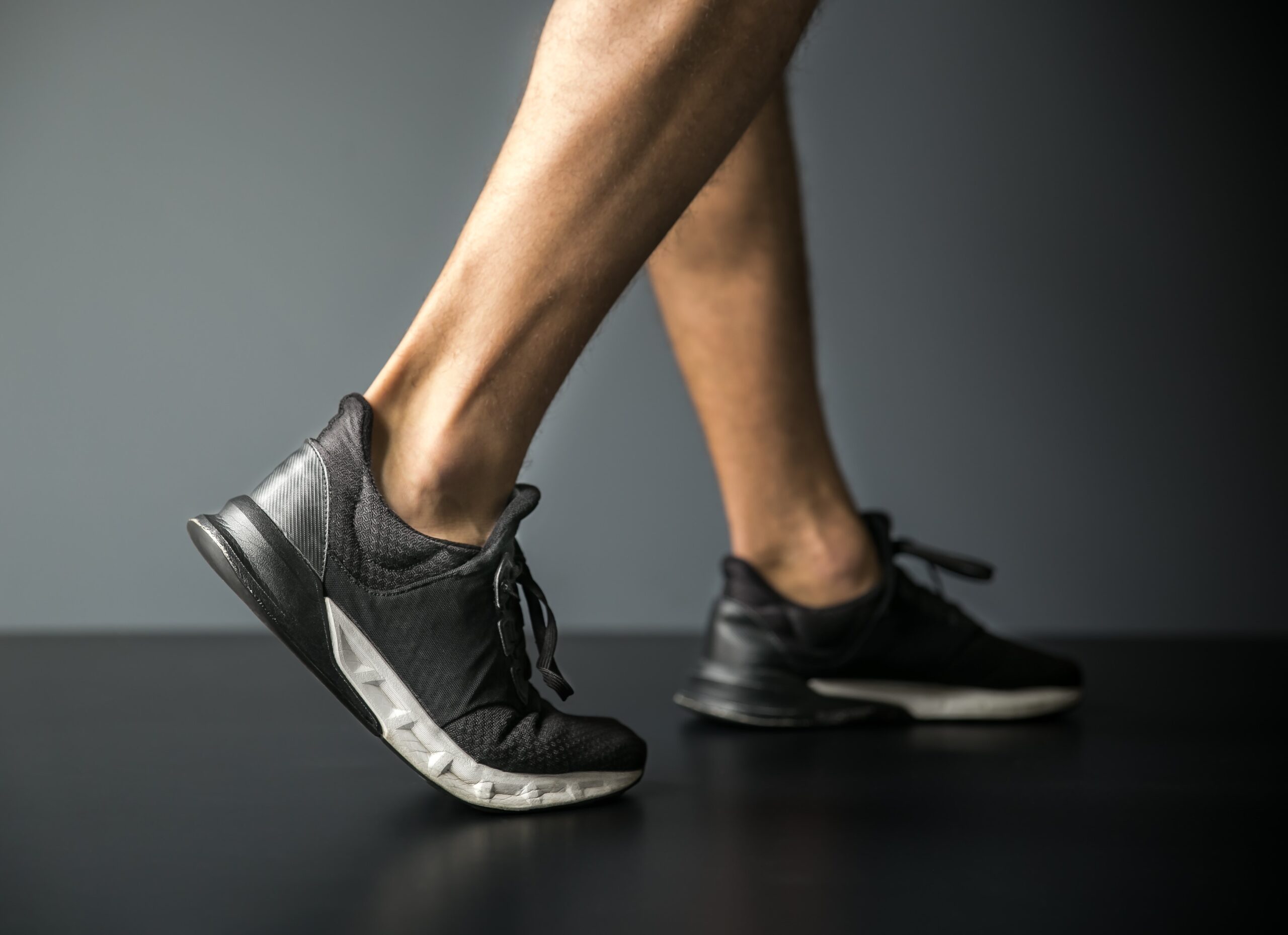Schedule An Appointment With Us
Are Your Symptoms Affecting Your Quality Of Life?
Consult our MOH-accredited orthopaedic surgeon for an accurate diagnosis & personalised treatment plan.
Dr Poh Seng Yew treats a variety of orthopaedic and musculoskeletal conditions, including foot and ankle disorders, using a range of techniques, including minimally invasive and open surgical procedures.
If you experience any symptoms related to the feet or ankles, you may consult our MOH-accredited foot and ankle specialist for a thorough diagnosis and personalised treatment plan.
MBBS
MRCSEd
MMED (Ortho)
FRCSEd

The foot and ankle are complex structures comprising multiple bones, tendons, and ligaments. These parts are susceptible to various disorders due to their intricate nature and the load they bear. Common foot and ankle conditions include:
Foot and ankle conditions can arise from a variety of factors, including the following:
Foot and ankle conditions can manifest as a variety of symptoms:
Diagnosing foot and ankle conditions involves a combination of clinical assessment and diagnostic tools.
Medical History Review |
The initial step involves a thorough review of the patient’s medical history, including any previous injuries, existing health conditions, and symptoms experienced. |
Physical Examination |
A detailed examination of the foot and ankle is conducted to assess pain, swelling, range of motion, alignment, and any deformities. Specific manoeuvres may be performed to identify the affected area or structure. The patient’s walking pattern may also be observed to provide insights into underlying biomechanical issues or abnormalities contributing to the condition. |
Imaging Tests |
X-rays are commonly used to visualise bone structure and detect fractures or deformities. For a more detailed view of soft tissues, tendons, and ligaments, an MRI or ultrasound may be employed. |
Blood Tests |
In cases where an inflammatory or systemic condition like arthritis is suspected, blood tests may be ordered to identify markers of inflammation or autoimmune disorders. |
Schedule An Appointment With Us
Consult our MOH-accredited orthopaedic surgeon for an accurate diagnosis & personalised treatment plan.
Non-surgical treatments play a role in managing many foot and ankle conditions. Each of these options aims to restore function and relieve discomfort without the need for surgical intervention.
For acute injuries such as sprains or tendonitis, rest and ice might be recommended to address pain and swelling. Modifications in daily activities and exercise routines can also help reduce strain and prevent the exacerbation of the condition.
Tailored exercises and therapies are designed to strengthen the foot and ankle muscles, improving flexibility and enhancing range of motion. This can also include gait training and balance exercises.
Custom shoe inserts, braces, or orthoses can be used to support, redistribute pressure, and address biomechanical imbalances. They are beneficial for conditions like flatfoot, plantar fasciitis, and tendon dysfunction.
Nonsteroidal anti-inflammatory drugs (NSAIDs) are often prescribed to reduce pain and inflammation. For certain conditions, other medications like analgesics or corticosteroids may be used.
Injections, such as corticosteroids or platelet-rich plasma (PRP), can be used to treat inflammation and pain in specific conditions like arthritis or tendinitis.
This non-invasive treatment uses sound waves to stimulate healing in conditions like plantar fasciitis and Achilles tendinitis.
In cases where non-surgical treatments are insufficient, surgical options may be considered to address more severe foot and ankle conditions. Surgical procedures are selected based on the specific condition, its severity, the patient’s overall health, and the anticipated outcomes.
Several strategies can help maintain foot and ankle health and avoid complications.

MBBS
MRCSEd
MMED (Ortho)
FRCSEd
With over 18 years of experience, Dr Poh Seng Yew is an orthopaedic surgeon specialising in hip, knee, shoulder and elbow surgery, sports medicine, and trauma surgery.




Weekdays: 9.00am – 5.00pm
Saturdays: 9.00am – 1.00pm
Sundays and Public Holidays: Closed
Please leave us a message, and we will be in touch with you shortly.
Foot and ankle pain varies widely in terms of cause and severity. In some cases, especially those involving minor injuries or strains, rest and self-care measures may lead to improvement. Persistent or severe pain warrants a consultation with a foot and ankle specialist for effective treatment and management.
Neglecting foot and ankle pain can lead to worsening of the condition, potentially resulting in chronic pain, increased instability, and reduced mobility. Some conditions, if left untreated, may progress and cause long-term damage, making treatment more challenging. Seeking early medical intervention can help prevent these complications.
Surgery is considered when non-surgical treatments have been exhausted or are unlikely to be effective. Conditions that may require surgical intervention include severe joint damage, chronic instability, or serious deformities. A foot and ankle specialist can provide a comprehensive evaluation to determine if surgery is the most suitable option.
When experiencing foot and ankle pain, try to avoid activities that exacerbate the pain, such as prolonged standing, walking on uneven surfaces, or wearing ill-fitting or high-heeled shoes. Avoid neglecting the pain or self-diagnosing, as this could delay appropriate treatment.
The recovery time from foot and ankle pain varies depending on the cause, severity, and the individual’s overall health. Minor injuries may resolve within a few days to weeks with proper rest and care, while more severe conditions may require a longer period, potentially involving physical therapy or other treatments.